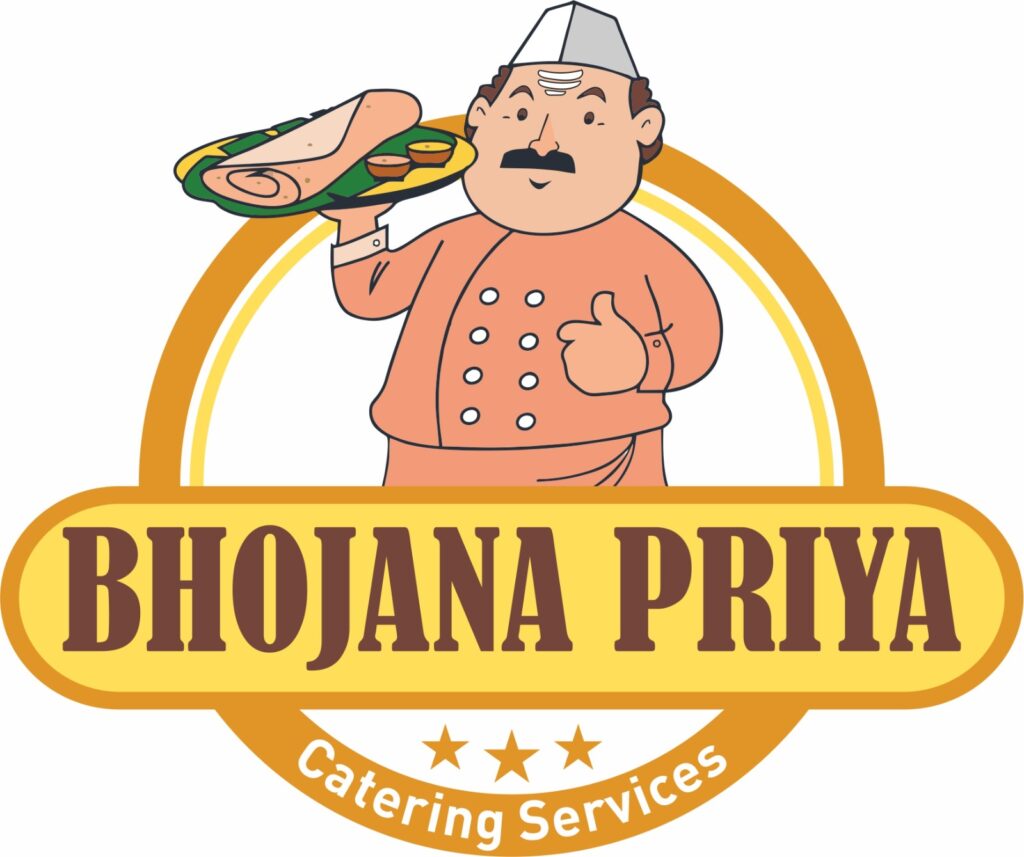Do you know what is the significance of South Indian culinary traditions – Sambar, Rasam and Buttermilk.
” Jaya Jaya Sankara Hara Hara Sankara “ – In one of the Tamil publication titled “Sollin Selvar (The Expert of Words),” Sri Kanchi Paramacharya, as eloquently elucidated by Sri Ra.Ganapathy, imparts profound insights into the significance of traditional South Indian delicacies. This exploration of the culinary realm unveils the spiritual connections woven into the fabric of everyday meals.

SADAM: A Grains of Wisdom.
In the linguistic tapestry of South Indian cuisine, the term “sAdam” transcends mere sustenance. Paramacharya draws a parallel between the satiation of rice and the fulfilment of individuals immersed in ‘sat’ (truth). What we present to Swami (God) as an offering, known as nivedanam, comes back to us as parasAdam, when we remove the ‘pra’ root to the rice we cook for ourselves, it is referred to it as sAdam.
SAMBAR: A Spiritual Trio.
Now, let’s talk about Sambar or ‘kuzhambu’ in Tamil, which translates to ‘confused state’. It’s like a mix of Vegetables and other ingredients like Dal, Tamarind, Salt, and Asafoetida in a tasty broth.According to Paramacharya, Sambar is connected to three spiritual qualities: confusion (tamas), clarity (rajas), and purity (satavam).
He further explains – ‘Taan’ is the generic word used in many households for ‘vegetables’ added to maincourse curries/dals. Whether daily or at a feast, you are served Sambar, Rasam, Payasam & Moru…in this order.
Why?
As soon as a man is born ‘Taan’ or Ego fills in first. He (She) faces a number of challenges that confuse him (her), like in the case of Sambar, with its various types of vegetables (Taan), mix of spices & ingredients. When the mind settles, it becomes clear, like the Rasam – which is served next. Just like we move from being confused to understanding things clearly, our meal shows this journey from confusion to a clear mind.
Rasam : Clear and simple juice.
Rasam is like a tasty juice. Paramacharya explains that if something is full of taste, we say it’s “full of rasa.” So, Rasam is like a clear and diluted juice when the ingredients and spices in it settles down. Similarly, when the mind settles, it becomes clear, like the Rasam. It represents the simple and clear path of understanding things unlike kuzhambu, which is a bit cloudy because of its ingredients.
BUTTERMILK: Good for Your Teeth.
At the end of our meal, instead of a sweet dessert, we have buttermilk. Buttermilk is obtained at the last stage by churning milk , curd, butter. Paramacharya explains that as one’s the mind is completely settled and has no more attachments it becomes pure and white as buttermilk and ready to get merged with God.
He also says this is good for our teeth. While sweets can be tough on our teeth, buttermilk with its sour and salty taste helps keep our teeth strong.
Conclusion:
So, as we enjoy our favorite South Indian dishes, let’s also remember the simple and wise teachings behind them. Our food is not just tasty; it’s a part of our journey towards understanding, clarity, and keeping ourselves healthy.

WhatsApp us - for a quick quote on your catering requirements
